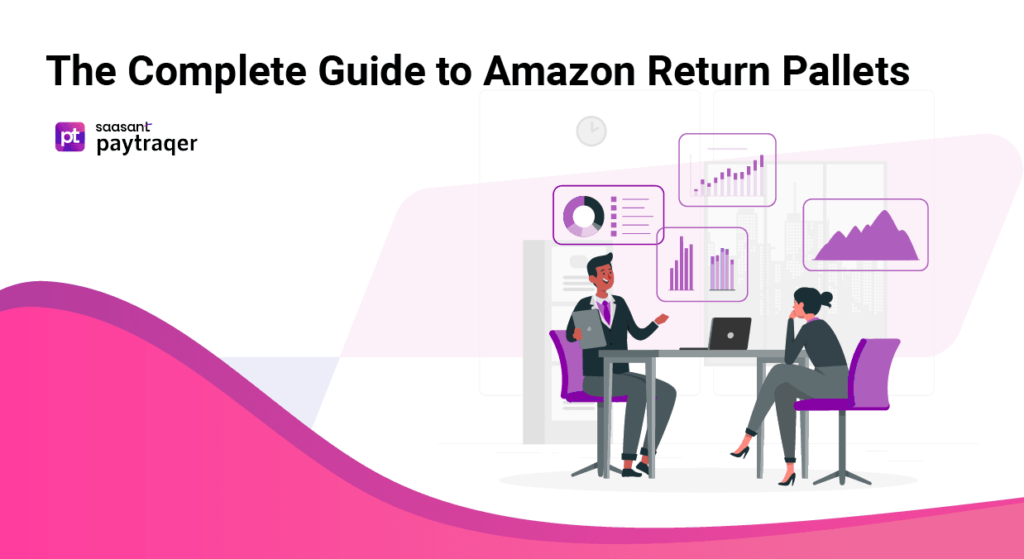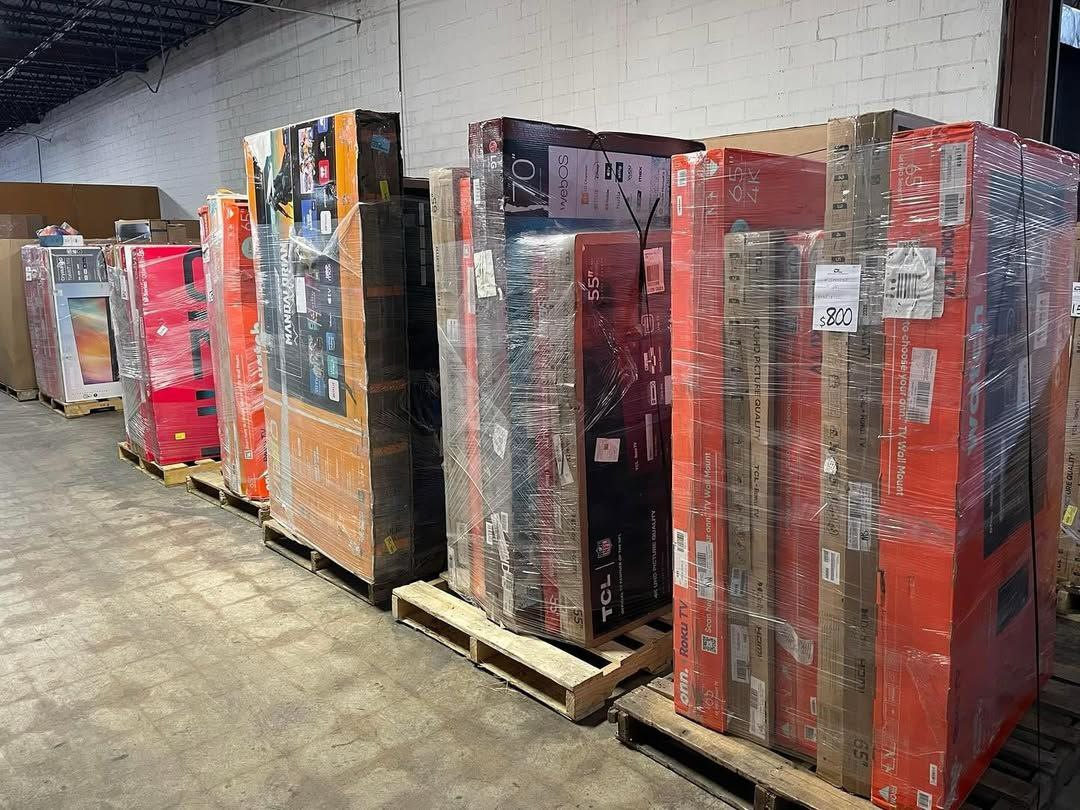24/7 Help Center

The Pros and Cons of Buying Liquidation Pallets
Buying liquidation pallets can be an excellent way to acquire goods at significantly reduced prices, making it an attractive option for resellers and bargain hunters. However, it’s essential to weigh the benefits against the potential challenges to ensure success in this venture. Here’s a breakdown of the pros and cons of buying liquidation pallets.

Pros
1. Cost Savings
- Bulk Discounts: Liquidation pallets often include items sold at a fraction of their retail value.
- Higher Margins: Reselling these products can yield substantial profits, especially for high-demand items like electronics or brand-name apparel.
2. Variety of Products
- Diverse Inventory: Pallets can include a mix of items, from consumer electronics to home goods, providing a range of reselling opportunities.
- Niche Opportunities: Some pallets may contain unique or rare items that appeal to niche markets.
3. Quick Access to Inventory
- Ready-to-Sell: Many liquidation pallets include new or like-new items that require minimal preparation for resale.
- High Volume: Bulk purchasing allows resellers to quickly stock up and start selling.
4. Sustainability
- Reducing Waste: Buying liquidation goods prevents unsold inventory from being discarded, contributing to eco-friendly practices.
5. Ease of Purchase
- Online Accessibility: Many liquidation platforms, such as Direct Liquidation or Liquidation Pallets Outlet, allow you to browse and purchase pallets from the comfort of your home.
Cons
1. Uncertainty About Quality
- Mixed Conditions: Pallets can include new, damaged, or defective items.
- Hidden Issues: Some problems may not be evident until the items are thoroughly inspected.
2. Lack of Guarantees
- No Returns: Most liquidation purchases are final, leaving no option for returns or refunds.
- Inconsistent Manifests: Sometimes, the listed contents of a pallet may not fully match what you receive.
3. Risk of Low-Value Inventory
- Unprofitable Items: Some pallets may contain items with low resale value or no demand in your market.
- Seasonal or Outdated Goods: Certain products may be challenging to sell outside specific seasons or trends.
4. Storage and Transportation Costs
- Space Requirements: Bulk purchases require adequate storage space.
- Shipping Fees: High shipping costs can eat into profit margins, especially for heavy or oversized pallets.
5. Time-Intensive
- Sorting and Inspection: Unpacking and assessing items for resale can be time-consuming.
- Repairs or Cleaning: Some goods may require refurbishment or cleaning before they can be sold.

Tips for Mitigating Risks
- Research Suppliers: Stick to reputable liquidation platforms with good reviews.
- Start Small: Test the waters with a single pallet before making larger investments.
- Inspect Manifests: Choose pallets with detailed manifests to better understand the contents.
- Plan Storage: Ensure you have sufficient space to sort and store your inventory.
- Understand Your Market: Focus on products that align with current market demand.
Final Thoughts
Buying liquidation pallets offers significant advantages for resellers, including cost savings and access to diverse inventory. However, it also comes with challenges such as quality concerns and storage requirements. By doing thorough research and approaching the process strategically, you can maximize the benefits while minimizing the risks.
Would you take the leap into the world of liquidation? The rewards might just outweigh the risks!

